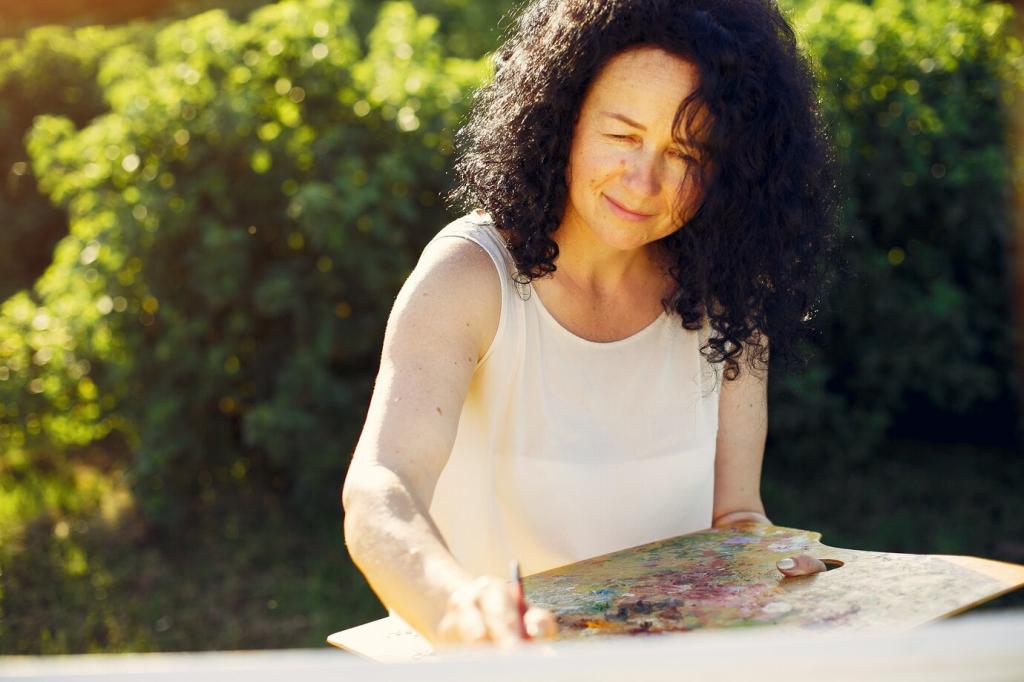
Art Therapy Techniques for Reducing Stress
Today’s chosen theme: Art Therapy Techniques for Reducing Stress. Step into a gentle, creative space where color, texture, and movement help your mind exhale. Whether you’re doodling between meetings or painting at midnight, you’ll find simple, research-backed practices that soften tension and invite balance. Subscribe to stay inspired and share your experiences so we can learn and calm together.
Why Art Therapy Calms the Nervous System
Flow is that sweet spot where time blurs and effort feels lighter. As attention anchors to brushstrokes or lines, rumination loosens. A 2016 study reported that 45 minutes of art-making significantly reduced cortisol, our primary stress hormone. Have you felt that quiet, absorbing pull? Tell us how it shows up for you.
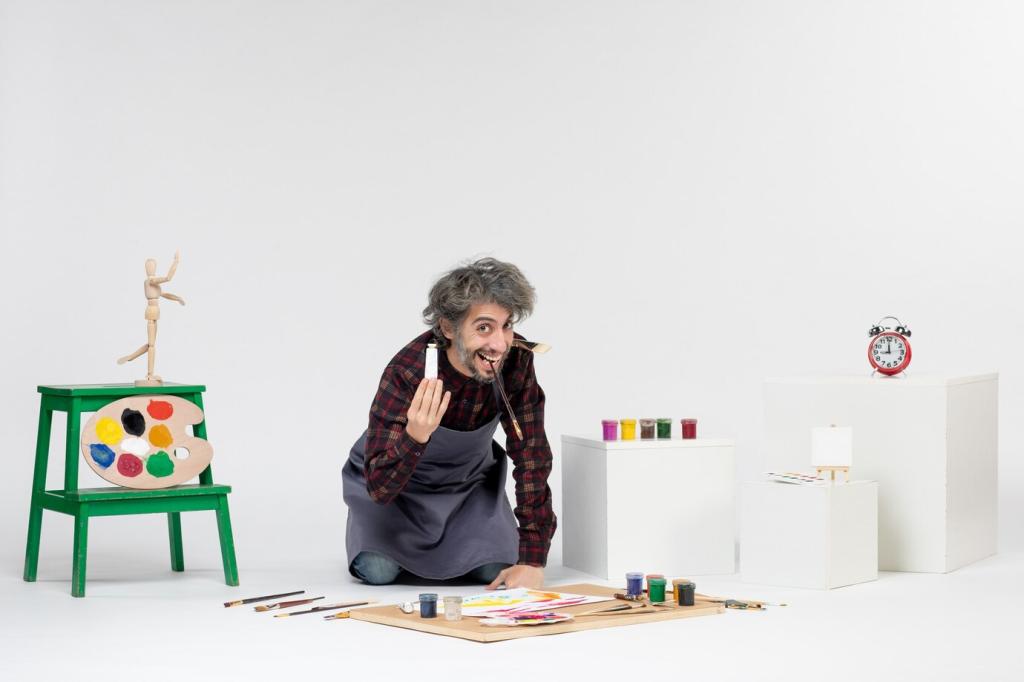
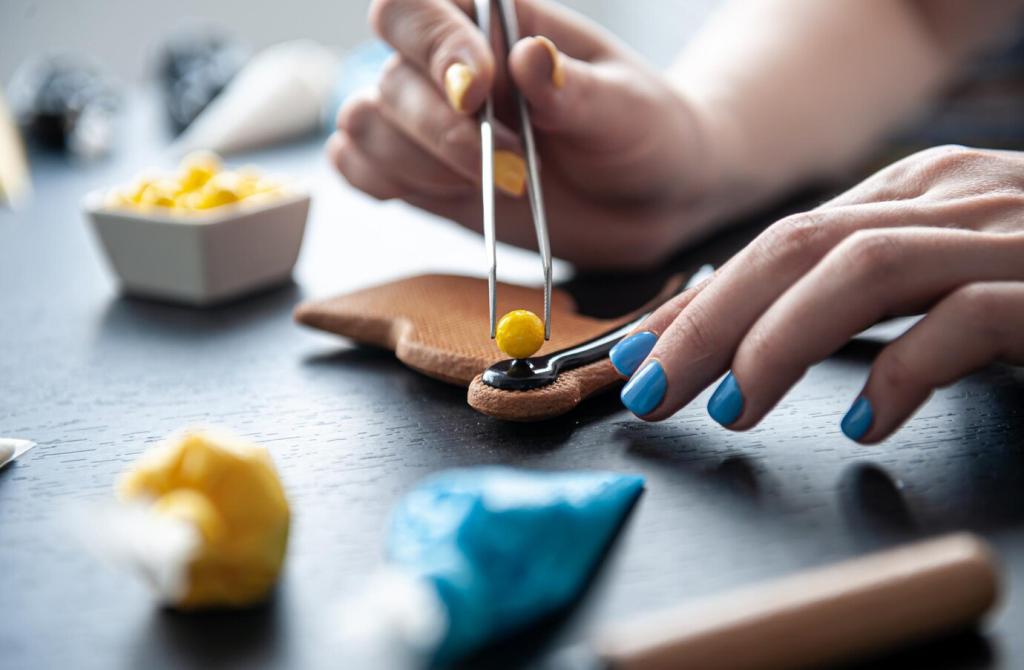
Why Art Therapy Calms the Nervous System
Color choice can subtly steer mood—cool tones often soothe, warm hues energize. Texture adds grounding: chalk’s grain, clay’s resistance, paper’s tooth. Pair simple breathing with slow mark-making to reinforce safety signals. Comment with the colors you reach for when deadlines mount, and notice how your body responds.
Starter Techniques You Can Try Today
Five-Minute Scribble Release
Set a timer. Scribble continuously, letting your hand follow tension without judgment. Circle tight areas, press harder, then lighten. When the timer ends, trace one line that feels most alive. Breathe. Share a photo of your scribble and a sentence about how your body felt before and after.
Mindful Coloring with a Breathing Rhythm
Choose a simple pattern or mandala. Inhale for four counts as you select a color; exhale for six as you fill a shape. Repeat, noticing edges and pressure. If the mind wanders, gently return to color and breath. Tell us which palette helped you unwind and why it surprised you.
Tear-and-Arrange Collage for Letting Go
Tear magazine pages, receipts, or old notes. Arrange pieces by feeling—calm, heavy, hopeful—then glue them into a story that releases what you no longer need. Tearing is cathartic; arranging restores agency. Post your favorite fragment and the word it carries, so others can draw courage from your symbolism.
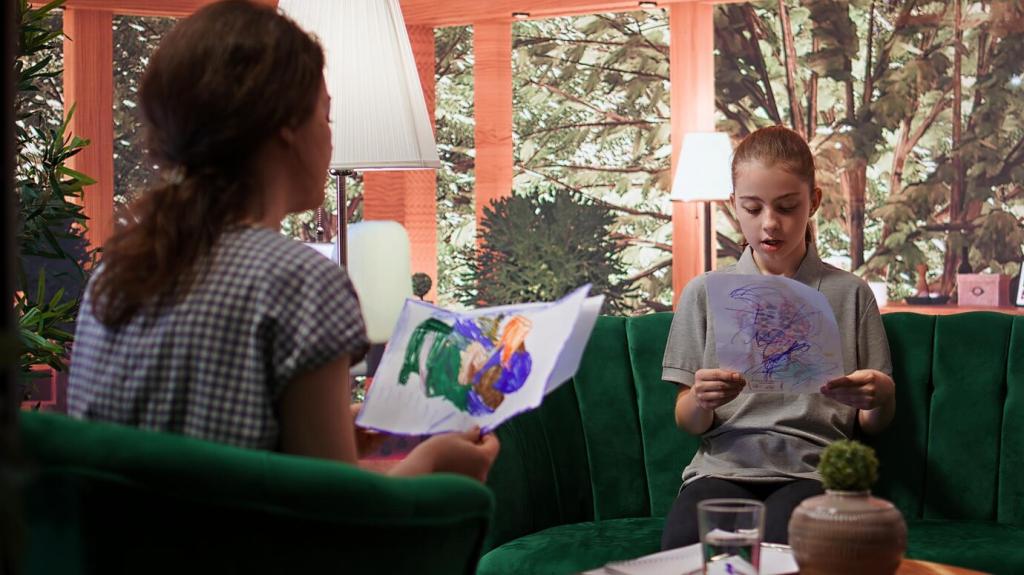
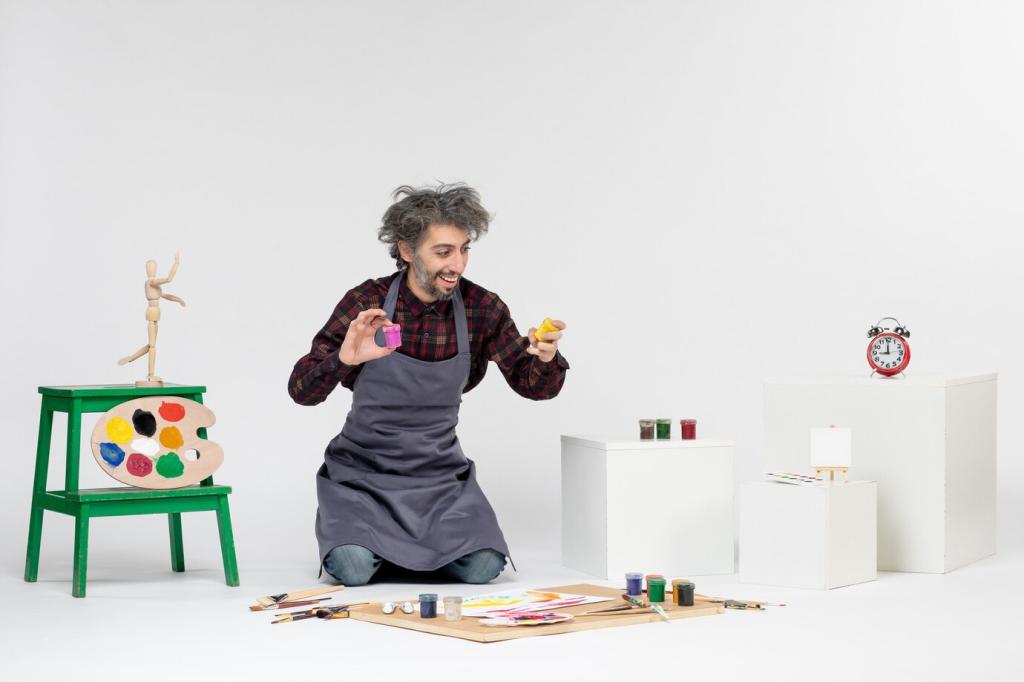
Materials That Lower Barriers, Not Budgets
Pens, junk mail, tape, envelopes, coffee, and a cereal box can become a soothing art kit. Coffee washes make gentle sepia backgrounds; envelopes become mini sketchbooks. The goal is ease, not perfection. Comment with one household item you’ll repurpose this week, and we’ll feature creative ideas from readers.
Materials That Lower Barriers, Not Budgets
Create a personal color map: list emotions and assign hues that feel balancing rather than matching. If anxiety spikes, you might pick moss green instead of electric red. Keep swatches handy. Over time, patterns emerge. Share a snapshot of your map and note one color that surprised you with its calm.
Draw Your Weather: Externalizing Inner Skies
If your mood were weather, what would today look like? Mist, storm, scattered light? Sketch it fast, then add three changes you’d welcome—a break in clouds, a warm front. Naming without judging builds safety. Share your forecast title in the comments to inspire someone facing their own stormy morning.
Stress Map: Lines, Nodes, and Gentle Paths
Make a page of nodes representing stressors. Connect them with thick or thin lines to show intensity. Now add new pathways—soft lines, bridges, or gates—representing boundaries, help, or rest. Notice where space appears. Post one insight your map revealed, and we’ll compile reader strategies into a community guide.
Self-Compassion Postcards You Never Have to Send
Design a postcard to yourself from a kinder future. Use soothing colors, simple shapes, and a brief message like, “I see your effort.” Tuck it into your wallet. When stress spikes, reread. If you’re comfortable, share a phrase from your postcard so others can borrow supportive words today.
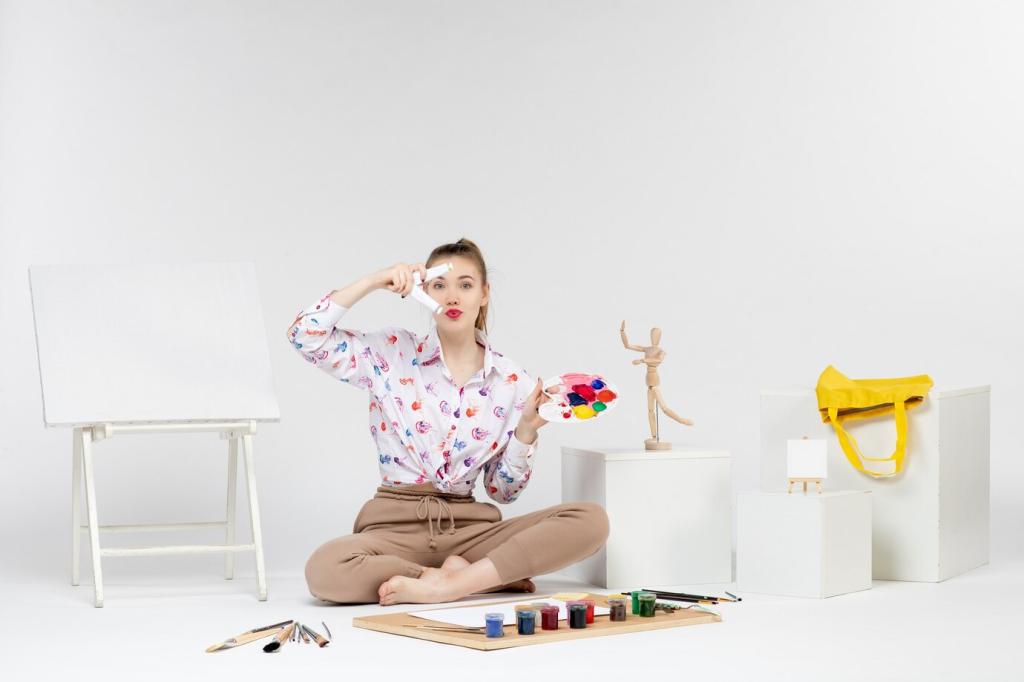
Breath-Brush Synchrony
Stand if possible. Inhale as the brush lifts, exhale as it descends in long arcs. Match stroke length to your breath. The body teaches the hand to slow. Journal one sentence about the shift you notice, and invite a friend to try alongside you for shared accountability and encouragement.
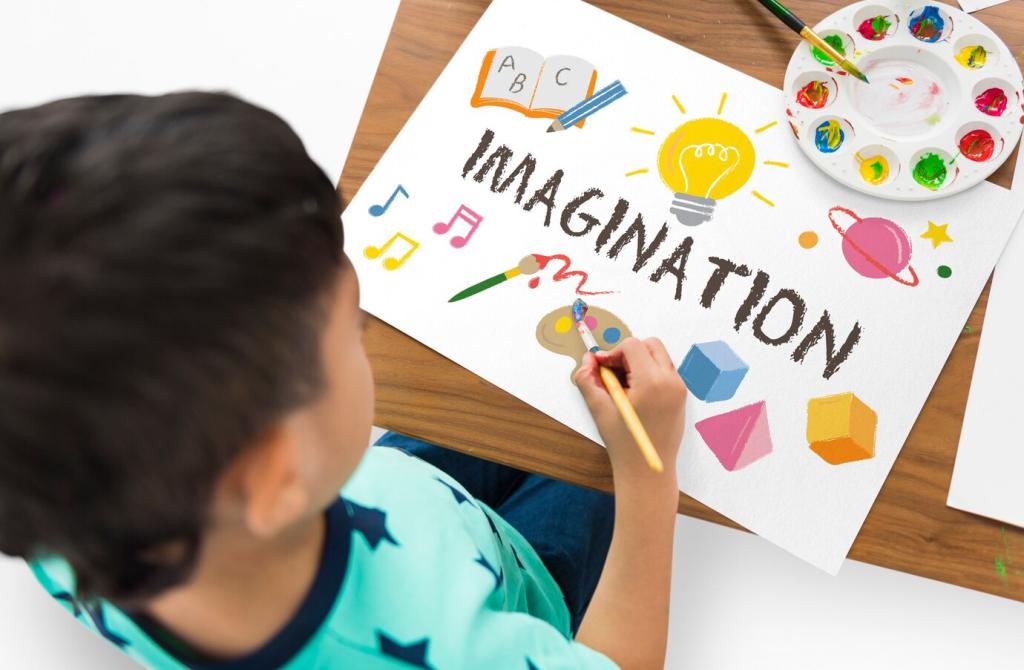
Music-Driven Ink Waves
Pick a calming track. Let tempo guide line thickness and spacing. When percussion softens, lighten pressure; when harmonies swell, widen curves. This gentle entrainment eases nervous system arousal. Share your playlist and one line pattern you loved, and we’ll gather community soundtracks for soothing sessions.
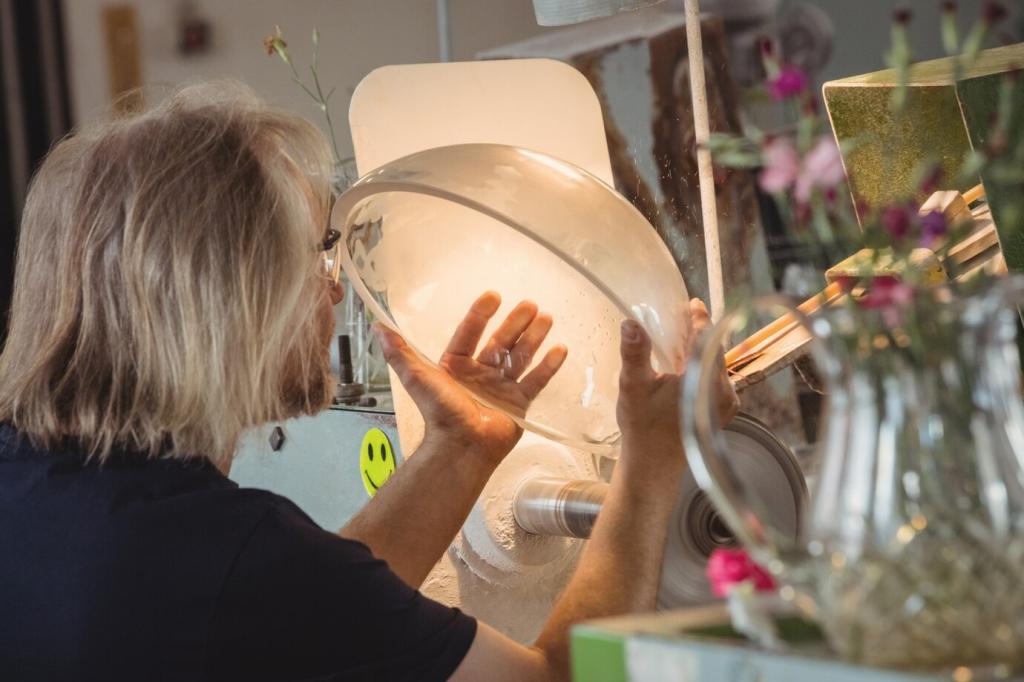
Standing Drawing to Discharge Tension
Tape paper to a wall or door. Use whole-arm movements—shoulder, elbow, wrist—so tension has somewhere to go. Alternate strong strokes with soft, feathery lines. Close by tracing a slow spiral inward. Comment with a single word that captures your ending mood, helping others name their experience too.
Digital Art Therapy When Time Is Tight
Use a simple drawing app, dark mode, and a limited brush set to reduce choices. Lower brightness at night to cue rest. Save a canvas labeled “Emergency Calm.” When stress spikes, open it and draw for three minutes. Share your go-to app so readers can try what’s worked for you.
Digital Art Therapy When Time Is Tight
Try a five-photo scavenger hunt: something smooth, something blue, something alive, something symmetrical, something tiny. This redirects attention to sensory detail and present-moment steadiness. Compile into a calming grid. Post one image and a sentence about what it taught you to notice under pressure.
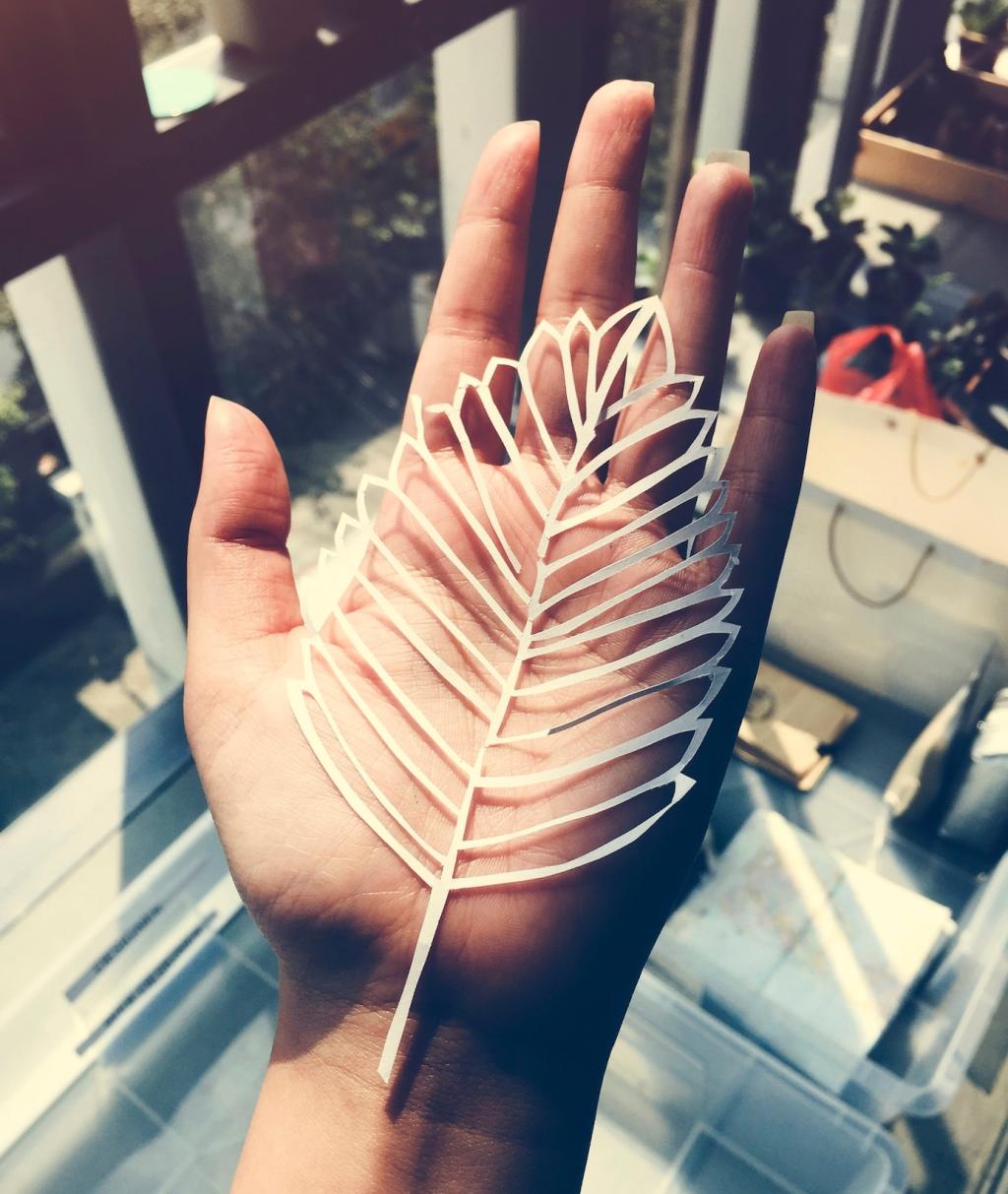
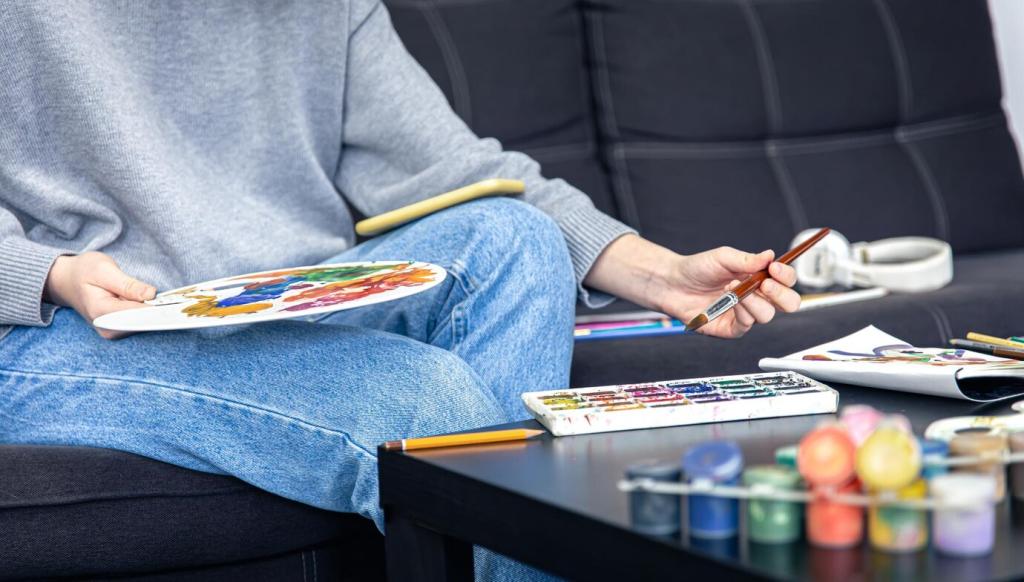
Building a Sustainable Creative Calm
Rituals That Invite Creativity
Choose tiny anchors: light a candle, play a consistent song, or open the same sketchbook page style. Repetition signals safety and lowers resistance. Celebrate showing up, not outcome. Comment with your ritual starter, and we’ll craft a shared list to help newcomers begin without overthinking.
Track Stress and Techniques
Keep a simple log noting stress level before and after, technique used, colors chosen, and one body sensation. Patterns reveal personal medicine. After two weeks, review and star your top three approaches. Share one discovery from your log to encourage readers testing their own calming recipes.
Community: Share, Learn, Encourage
Post a weekly prompt response in the comments and offer one kind observation to someone else. Mutual witnessing deepens calm. Consider forming a small group chat for accountability. Subscribe for monthly community themes, and invite a friend who needs a gentle, creative doorway back to themselves.
